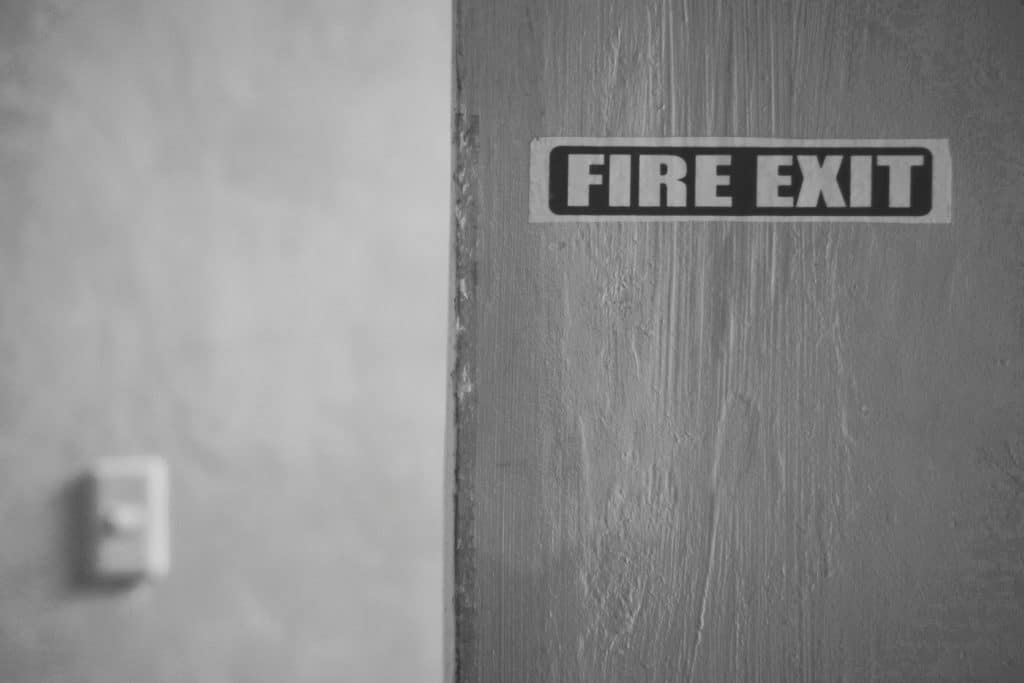In January 2023, the fire safety landscape in England and Wales underwent a significant transformation. This was due to the introduction of new fire door legislation. These changes aimed to enhance building safety and reduce the risk of fire-related incidents. As we approach the one-year mark since their implementation, it is crucial to reflect on these legislations’ impact on the industry.
What Changed in January 2023?
The January 2023 fire door legislations were born out of a pressing need to address gaps in building safety standards highlighted by tragic incidents like the Grenfell Tower fire. Phase 1 of the Grenfell Tower Inquiry stressed the importance of fire doors for not just inhibiting the spread of fire, but also toxic gases and smoke. These new regulations also create a push towards forming the ‘golden thread’ of information on the lifespan of fire doors to ensure safety for years to come.
Therefore, the regulations required more frequent and well-documented fire door checks on residential buildings. Authorities mandate annual checks for flat entrance doors and quarterly inspections for common area doors in multi-occupancy buildings exceeding 11 meters. Furthermore, building management must display information about the significance of fire doors to residents.
Even though these laws targeted residential properties, building managers across the commercial sector also felt a push to improve their inspection protocols. It has put a focus on the role of responsible persons in ensuring fire safety for their building users.
Fire Door Regulations in Commercial Buildings
Although there was a renewed focus on multi-occupancy residential buildings, commercial building owners also have a responsibility to ensure safety through the use of fire doors. With the initial surge of panic around residential inspections, care home managers, hotel owners and school building managers all felt a push towards fortifying their fire door safety strategy.
Inspecting doors every 6 months is the best practice. However, in high-use areas, personnel may need to perform this task more frequently. At a minimum, these checks should encompass areas like:
Checking if the door closes properly around the full frame
Gaps around the frame of the door
All seals and hinges are correctly fitted
Checking all self-closing features work correctly
Inspecting for any visible damage or wear and tear has occurred
What Can You Do?
As the period for annual checks comes around again, your team might feel overwhelmed by the workload these new regulations have brought, including:
Organising more frequent door inspections – and fitting them in around the needs of your building users.
Re-evaluating your records and actions management systems.
A year into the new fire door regulations, the importance of responsible people employing the help of professionals has increased. The higher standards and increased frequency of checks means more paperwork. This leads to even more opportunities for human error, without the proper help.
For expert advice on fire protection and prevention, contact Martyn Young Fireproofing Consultancy today on 07585 896648
The post Fire Door Regulations One Year On appeared first on Total Fire Group.


